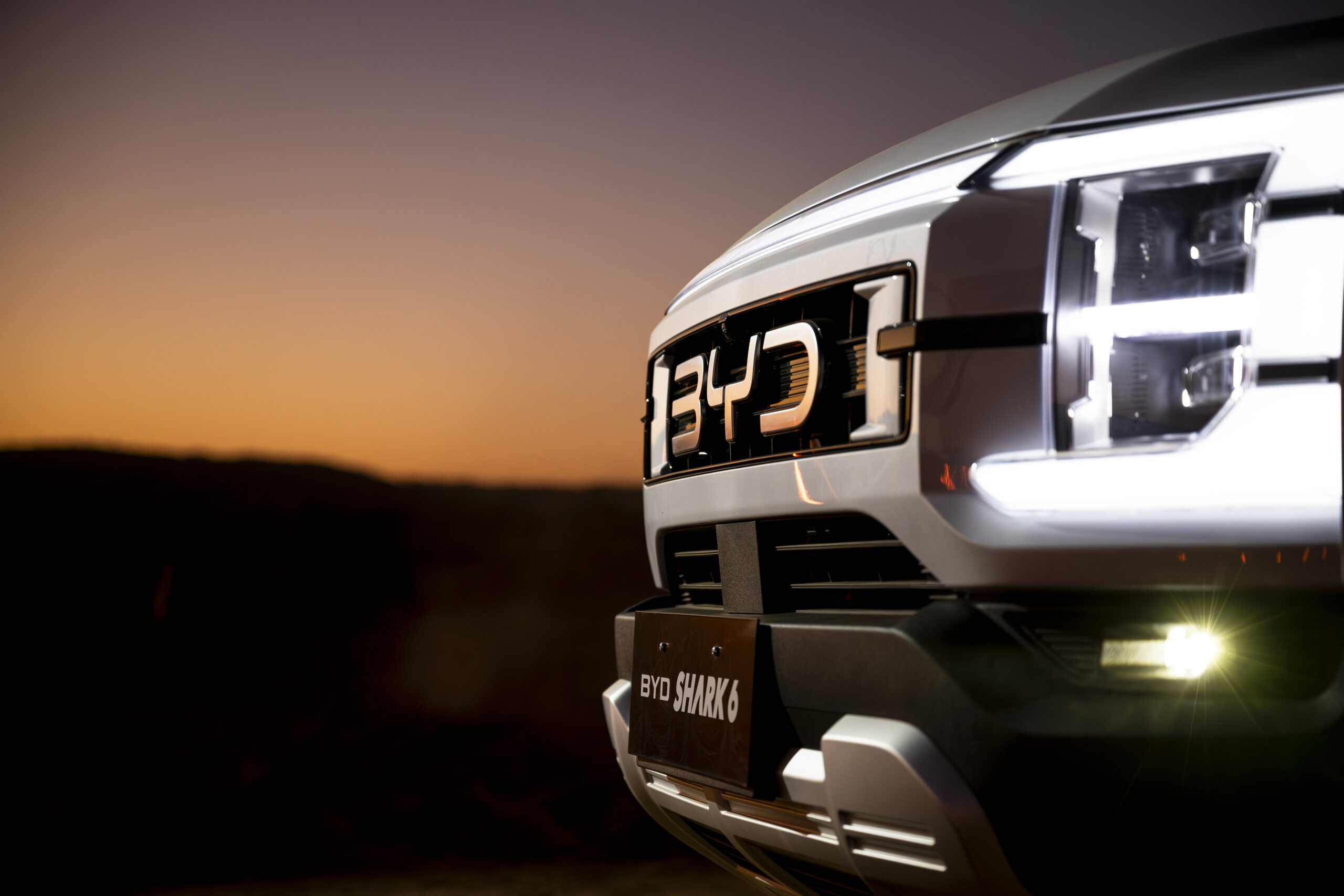Sign up for daily news updates from CleanTechnica on email. Or follow us on Google News!
Recently, we introduced CleanTechnica readers to a revived concept in the world of electrified cars, the extended range EV, or EREV. In essence, an EREV is just a plug-in hybrid with a larger battery that allows it to drive further on battery power alone. Now, Hyundai has announced that it will add more PHEVs and EREVs to its model lineup. Some manufacturers have been playing games with their PHEV offerings for years, tailoring their performance to meet the minimum requirements of various EV incentive programs in Europe or North America, making them little more than compliance cars. Ford once advertised one PHEV model as having improved range, but the electrified part of the drivetrain was unchanged. Ford simply made the gas tank bigger. Such shenanigans are common in the auto industry.
At a presentation for investors in Seoul, South Korea, this week, Hyundai outlined its electrification plans for the remainder of the decade. The company said it wants to grow its lineup of electric vehicles while at the same time adding more hybrids, including series plug-in hybrids in which a gasoline engine is used solely as a generator to charge the battery. The Toyota Prius is the best known example of a parallel hybrid, in which the engine is used to power the driven wheels directly while the battery adds a boost now and then. The Chevy Volt was a true series hybrid because it was basically an electric car with an engine whose sole purpose was to recharge the battery. [There was a “limp home” mode that allowed the engine to power the wheels if the electric system suffered a complete failure.]
Hyundai said its plan recognizes that demand for EVs is slowing. As a result, it will also lean on hybrid technology as a means to reduce emissions. According to Motor Authority, Hyundai currently focuses on smaller cars for its hybrid range, but in the future large models and luxury models from Genesis will also offer hybrid powertrains. It said it expects a surge in hybrid demand, particularly in North America. It also said some of its future hybrids will benefit from improved brake energy regeneration and vehicle-to-grid technologies. In particular, it said it will offer an extended-range plug-in hybrid that will be able to travel up to 500 miles without needing to recharge or refuel.
Hyundai PHEVs For US And China
Series plug-in hybrids will be built in North America and China by the end of 2026, with sales starting the following year. In North America, the first series plug-in hybrids will be “D-class SUVs,” which in size terms corresponds to vehicles like the Hyundai Santa Fe and Genesis GV70. The SUVs will have electric all-wheel-drive powertrains with a smaller battery compared to an EV with a gasoline engine acting as a range extender. Hyundai mentioned a range of 900 kilometers (approximately 560 miles) for the series plug-in hybrids. Though, the automaker didn’t state which test cycle it used to come up with that number. BYD recently unveiled a new EREV for China it claims will have a bladder busting combined range of more than 1300 miles.
On the EV side, Hyundai said it plans to launch 21 EVs in global markets by 2030, ranging from affordable offerings to luxury and high performance vehicles. It has set a goal to sell 2 million EVs annually by 2030, with total sales of around 5.5 million vehicles by that time. Some of the new EVs will be marketed under Hyundai’s upmarket Genesis brand, starting with a production version of the GV60 Magma concept shown earlier this year. Magma is the new performance sub-brand for Genesis, designed to rival BMW M and Mercedes-Benz AMG. Hyundai’s N performance sub-brand will also launch more EVs beyond the current Ioniq 5 N, the company said. The next to appear will likely to be an Ioniq 6 N, prototypes of which have already been spotted during testing.
Some of the new EVs will be built in the US at Hyundai’s factory in Georgia. Hyundai has said previously the Ioniq 5 and new Ioniq 9 three-row SUV will be manufactured there. The Genesis electrified GV70 is already built a the Hyundai assembly plant in Alabama.
Hyundai said it is developing solid-state batteries but does not expect them to be used in production cars before 2030. In its announcement on Wednesday, the automaker said it will rely on nickel cobalt manganese (NCM) batteries and lower-cost lithium-iron-phosphate (LFP) chemistries in its battery electric and plug-in hybrid cars while pursuing other battery chemistries that offer greater range at lower cost. As we have said many times at CleanTechnica, the batteries used in 2030 have not been invented yet. There are dozens of new battery technologies begin researched in hundreds of laboratories around the world. Unfortunately, innovation is not something that happens according to a particular time schedule. But when it does, it can disrupt existing markets with incredible speed.
The PHEV/EREV Challenge
It is hard to say precisely why sales growth of battery electric cars have slowed recently. Prices are lower today than a year ago for most models. Part of the issue is a decrease in government incentives and part of it is a result of the constant drumbeat of anti-EV propaganda fomented by the oil industry. Fear of running out of battery power is accelerating even as the number of EV chargers is increasing. Hyundai is not alone in predicting that EV sales will pick up later in this decade as prices decline further, range numbers improve, and more chargers get installed. Think of it as the EV revolution slowing while it gets ready for the next surge in momentum.
It’s also important to note that EV sales keep growing. Sales are up across most of the world. The growth is not as fast as it was a year ago, perhaps, but that doesn’t mean people are turning away from EVs. More and more people are buying EVs each month, each quarter, and each year.
Governments are unsure how to set policies that promote the adoption of electric cars. In the UK, the new Labour government has reinstated a prior plan that requires 22% of each carmaker’s sales to be pure battery cars in 2024, rising to 80% by 2030. However, the Society of Motor Manufacturers and Traders (SMMT) downgraded an earlier forecast that battery cars would account for 19.8% of total sales this year to 18.5% — which is less than the EV targets set by the UK government, according to the The Guardian.
In the US, the government has agreed to defer tighter emissions rules for several years to give automakers some breathing room to develop the vehicles of the future, fully expecting the market will turn to electric cars eventually. Some feckless politicians scream about “EV mandates,” but there is no such thing, at least in the US. What we have to remember is the reason for doing this in the first place — lowering the carbon emissions from transportation so the Earth doesn’t overheat and become uninhabitable for humans. When surrounded by people nattering on about how they would never consider buying an electric car, it’s good to remember why we need the EV revolution to succeed. How sad would it be if we sacrificed the environment solely because of range anxiety?
Have a tip for CleanTechnica? Want to advertise? Want to suggest a guest for our CleanTech Talk podcast? Contact us here.
Latest CleanTechnica.TV Videos
CleanTechnica uses affiliate links. See our policy here.
CleanTechnica’s Comment Policy





